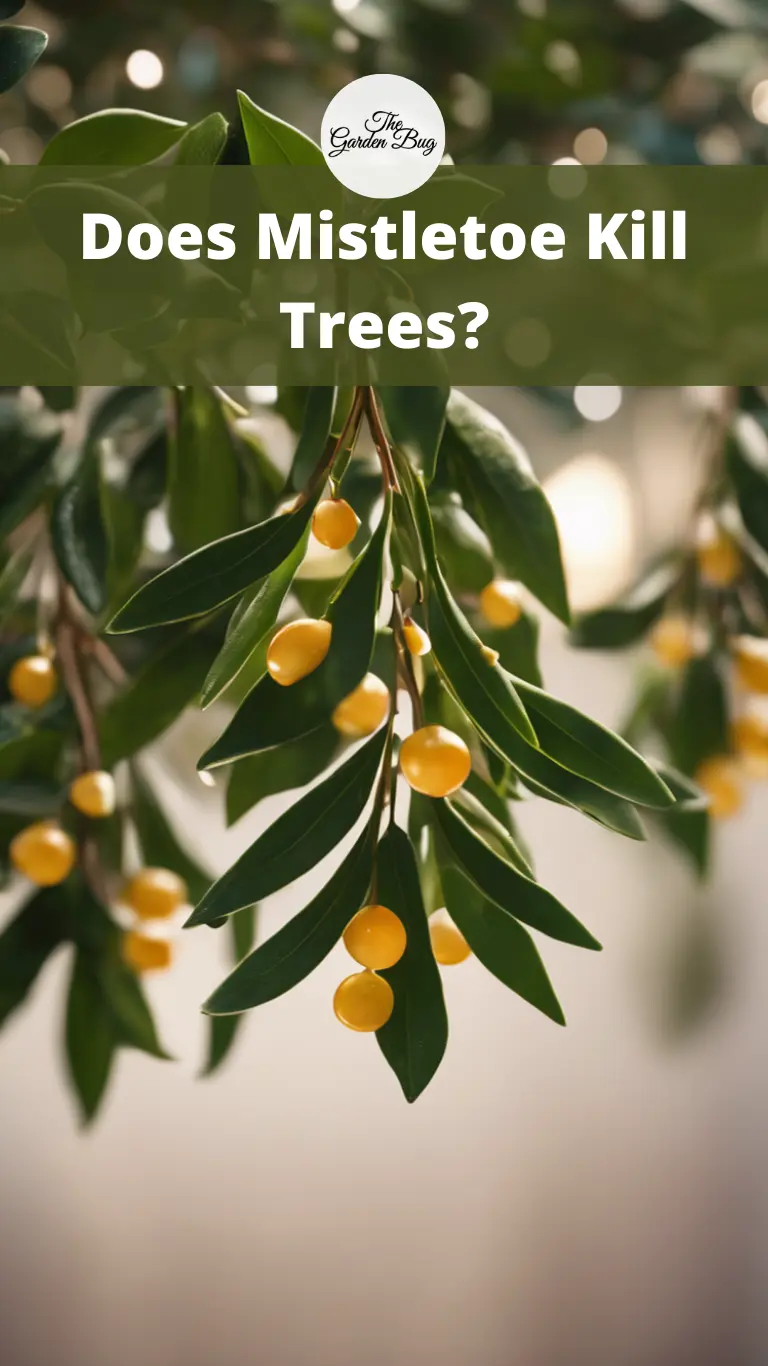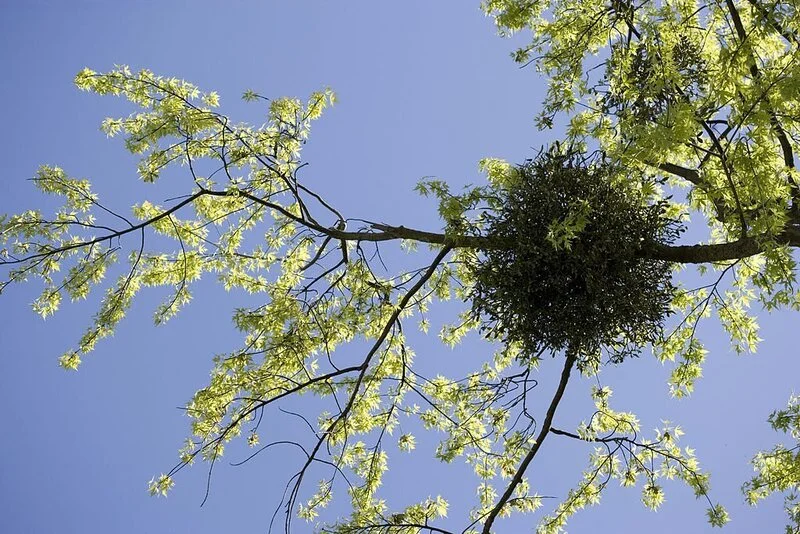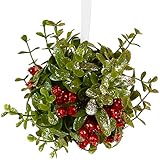Have you ever wondered about that famous holiday plant known as mistletoe? You know, the one we kiss under during the Christmas season? It’s quite a magical and romantic plant, right? Well, as much as we love it for its festive purpose, let’s dive deeper to understand more about this intriguing plant, specifically its life cycle and interaction with trees.
- Ornativity 5″ Fancy Kissing Ball Ornament will give your home that unique holiday atmosphere.
- This holiday decoration can hang in any part of your home, on your tree or near any Christmas decor.
- The ornament is delicately made of artificial leaves and berries, dusted with shimmery glitter.
- This Xmas Decor has a looped ribbon attached at the top to allow for easy hanging or displaying.
- Hang this ornament from your doorway, arch, ceiling or light fixture.
Mistletoe and Its Life Cycle
Mistletoe, surprisingly, is not as gentle as it seems. It’s actually a semi-parasitic plant, meaning it partially relies on other plants for survival. Now, don’t worry, it doesn’t mean it’s all bad! Let’s break it down in a simple way.
Picture this – a bird munches on mistletoe berries from a tree, then flies over to another tree. The bird leaves behind some ‘gifts’ (the mistletoe seeds) on the new tree. These seeds stick to the tree, sprout, and start to grow. They create roots that go into the tree’s branches to drink up some of its water and nutrients. This is the start of the mistletoe’s life cycle.
As it continues to grow, it can make its own food through photosynthesis (just like other plants), but it still depends on its host tree for water and minerals. So, the mistletoe is both a guest and a little bit of a freeloader on its host tree. But does this freeloading harm the tree? We’ll explore that next. Stay tuned!
How Mistletoe Affects Trees
Think about the mistletoe as a roommate who always borrows your stuff. The tree can handle this most of the time, but when the mistletoe gets too greedy or the tree is having a tough time (like in a drought), the tree might start to feel stressed.
So, does mistletoe kill trees? Well, not exactly. A healthy tree can generally support a bit of mistletoe without any serious harm. But if there are a lot of mistletoes, or the tree is already weak or stressed, the mistletoe could weaken the tree further and even contribute to its death. Think of it as the last straw rather than the main culprit.
Signs a Tree is Affected by Mistletoe
Now, how do you know if a tree is feeling the strain from mistletoe? The tree may show signs like yellowing or wilting leaves, stunted growth, or even branch death in the area around the mistletoe. If the tree is seriously affected, it might show signs of overall decline like less leafy branches or fewer flowers and fruits.
It’s like when you’ve been lending too many of your things to your roommate, you start running out for yourself! If you see these signs in a tree with mistletoe, it might be time to step in and give the tree a hand. But don’t worry, we’ll talk about how to do that in the next sections. Stick with us!
How to Control Mistletoe in Trees
Dealing with mistletoe in your trees is like setting boundaries with your roommate – it’s about keeping balance. One way to control mistletoe is by pruning. This means cutting off the branches that have mistletoe on them. But remember, it’s a bit like trimming hair. If you don’t get the whole thing, including the roots inside the tree, it will just grow back.
So, if you have a lot of mistletoe or it’s high up in a big tree, you might need to get a tree professional to help you. They can use special techniques like injecting the tree with a kind of plant food that the mistletoe doesn’t like.
Long-term Effects of Mistletoe on Trees
Now, you might be wondering what happens if you just leave the mistletoe be. Well, over time, the tree could get weaker and weaker, just like you would if your roommate kept borrowing your things and never giving them back.
The tree might not grow as much, lose its leaves, or even die. But, remember, this often takes many years and usually only happens if the tree is already stressed or if there’s a lot of mistletoe.
Conclusion
So, in the end, while mistletoe can be a problem for trees, it doesn’t always have to be a tree-killer. With good tree care and a little help from us humans, trees and mistletoe can continue to live together in balance. Just remember to keep an eye on your trees and step in if you see signs of trouble. That way, you can keep your trees happy and healthy, and the mistletoe in check!





